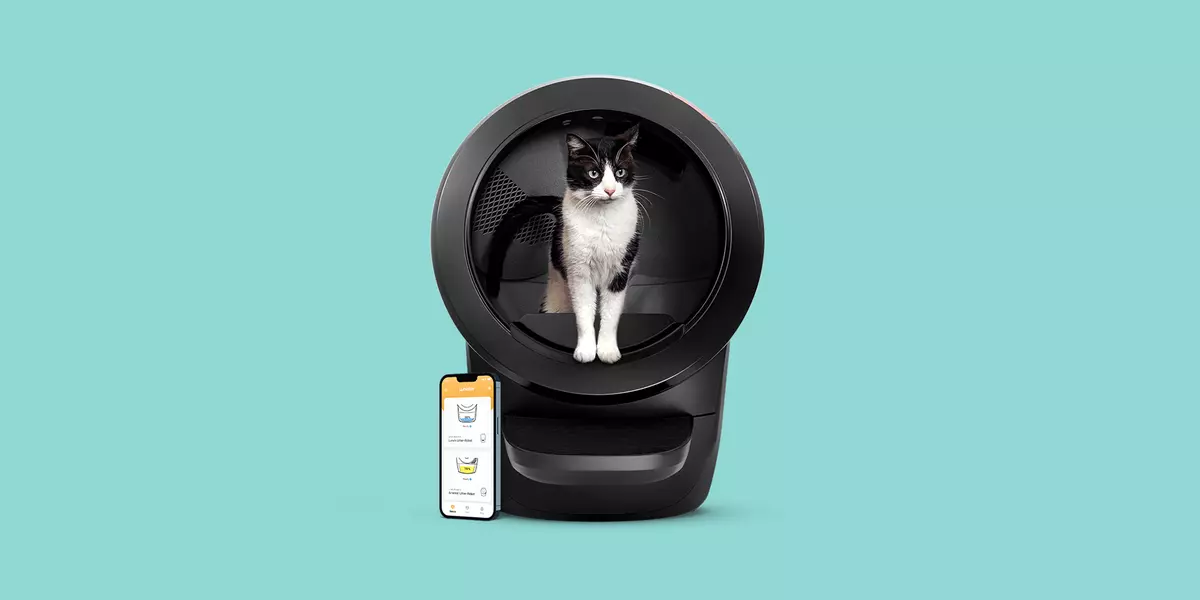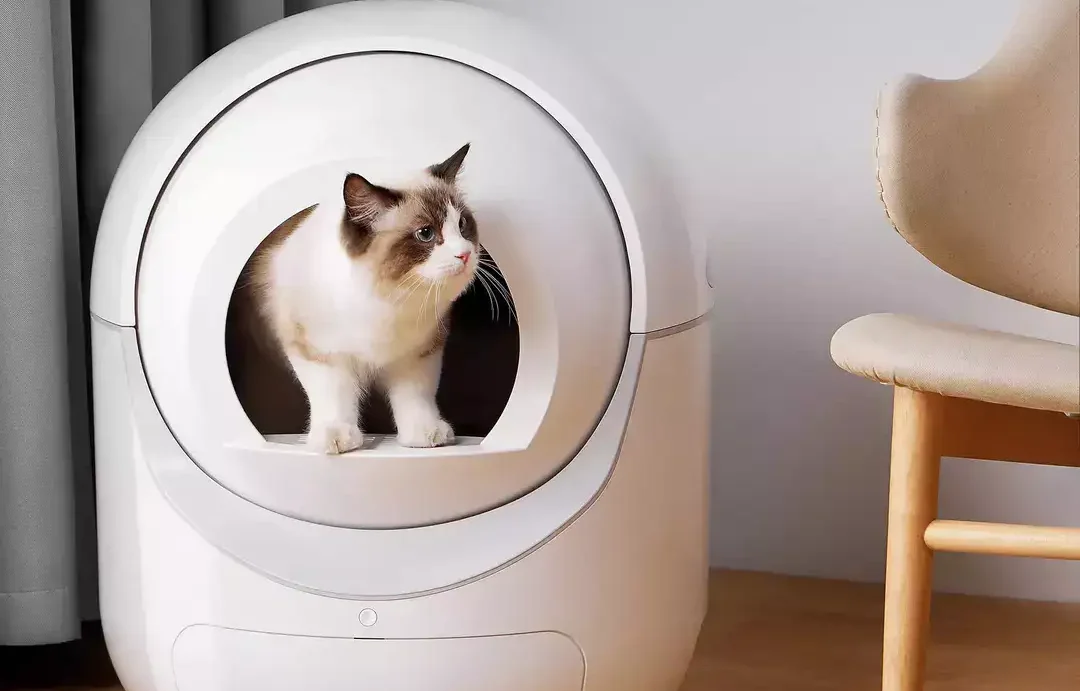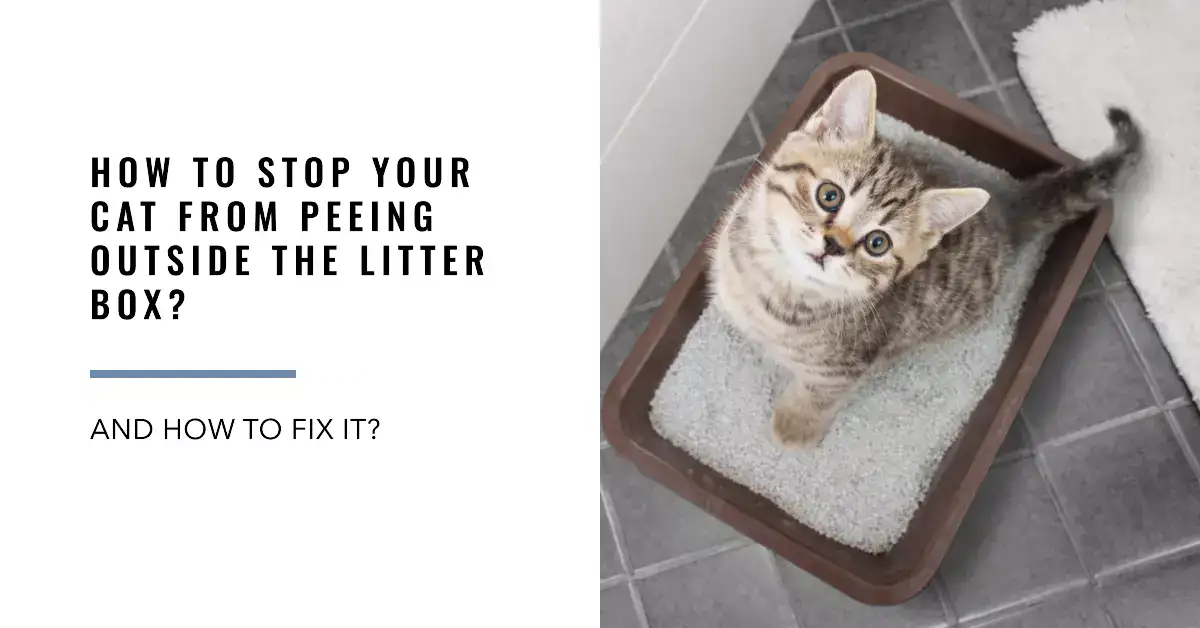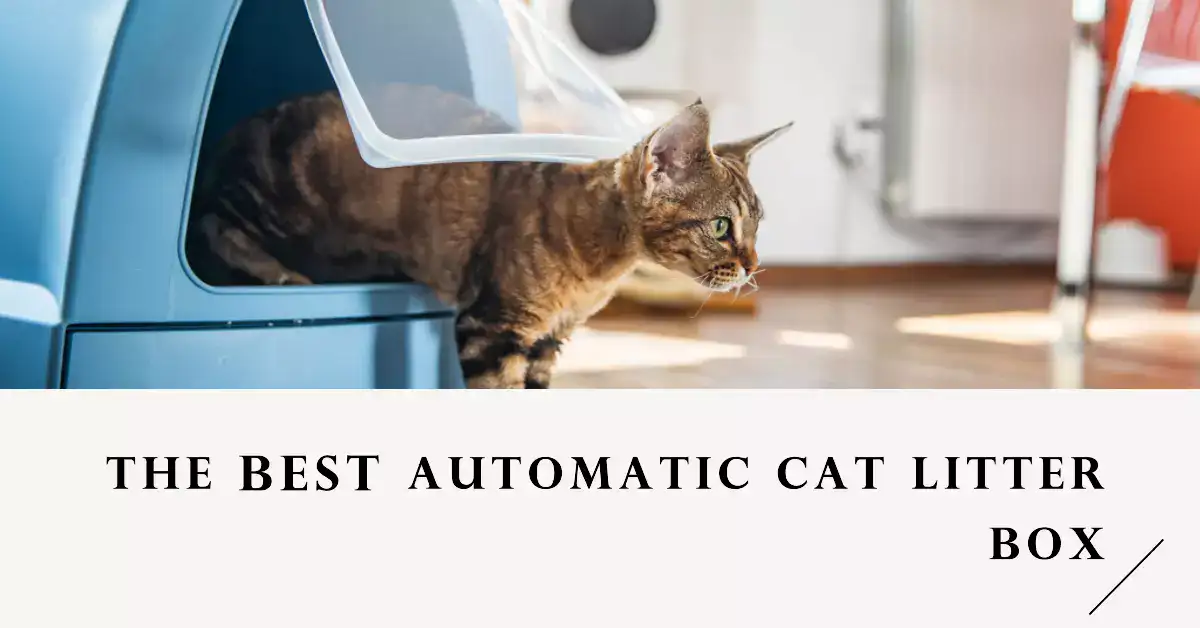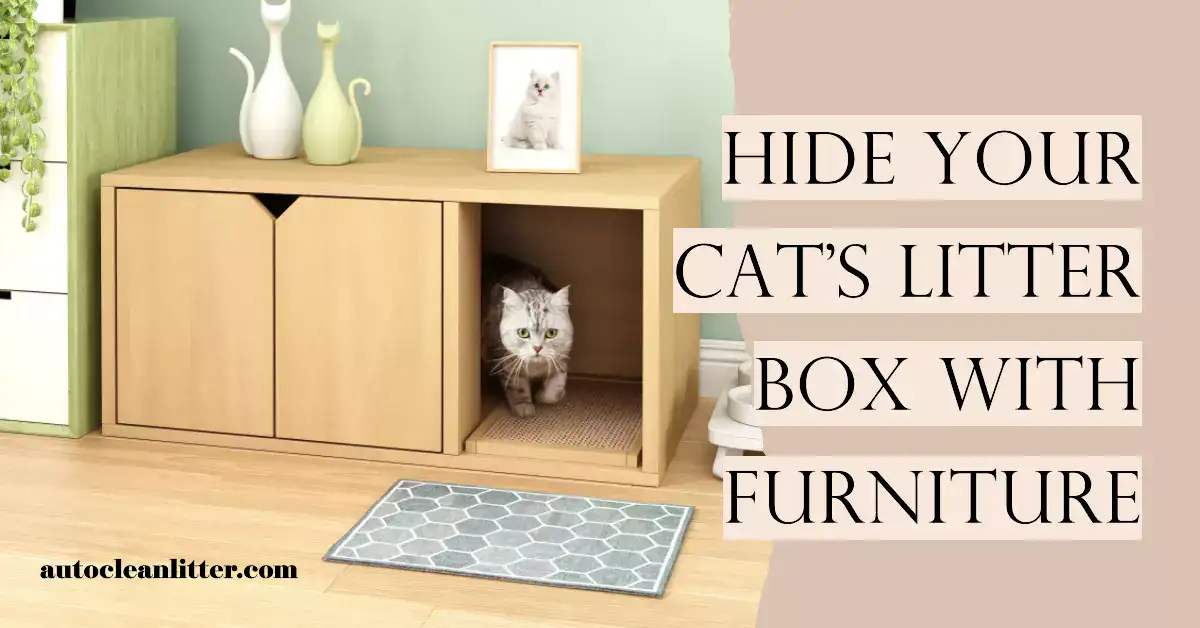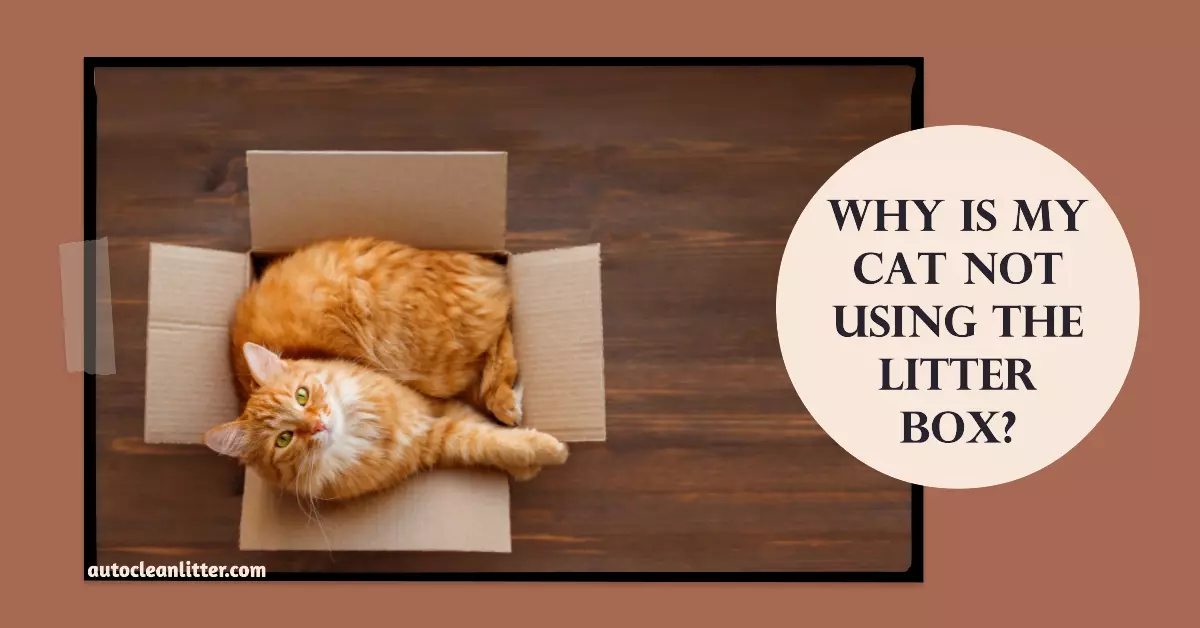Discovering that your beloved feline friend has fleas can be alarming. Fleas not only cause discomfort and irritation but can also lead to more severe health issues if not addressed promptly. Luckily, there are safe and effective home remedies that can help you tackle this problem without resorting to harsh chemicals. Consult with your veterinarian to ensure that these solutions are suitable for your cat’s specific needs.
Cedar Chips
Fleas despise the smell of cedar, making it a natural choice for flea prevention. Sprinkle cedar chips around your cat’s sleeping area or in your garden to create a barrier against these pests. Learn more about effective flea prevention strategies on our site. Be cautious not to use cedar essential oil, as it can be harmful if ingested by your cat.

Lemons
The citric acid in lemons is a well-known flea deterrent. Boil sliced lemons in water and let the mixture steep for a few hours. Once cooled, strain the mixture and use it to mist your cat’s bedding and anywhere fleas might hide. You can also add a cup of lemon juice to the laundry when washing your pet’s bedding to help eliminate fleas.
For more insights, read about head-pressing behavior in cats and other feline health topics.

Rosemary and Cumin
Rosemary’s strong odor is a natural flea deterrent. Grind dried rosemary leaves into a fine powder and sprinkle it over the areas where your cat spends most of its time. Alternatively, make a rosemary rinse by steeping rosemary leaves in boiling water, letting it cool, and applying it to your cat’s coat. Cumin can be used similarly to deter fleas due to its pungent smell, but ensure your cat does not ingest large quantities.

Apple Cider Vinegar
Though apple cider vinegar will not kill fleas, it can repel them. Mix two parts apple cider vinegar with one part water and spray this solution on your cat’s coat. The vinegar will cause fleas to flee from the treated areas.

Dish Soap
Surprisingly, dish soap can be an effective flea killer. Its formulation breaks down the flea’s exoskeleton and kills it instantly. Wet your cat’s fur, apply a gentle dish soap, and rinse. This method works best during a gentle bath. Use this sparingly, as frequent use can dry out your cat’s skin.
Lavender and Chamomile
Lavender is not only a calming scent but also effective against fleas. Create a lavender rinse by steeping fresh lavender in water overnight and then applying it directly to your cat’s fur. Chamomile can also be steeped into a soothing tea that doubles as a flea repellent when applied to your pet’s coat.

Coconut Oil
Coconut oil smothers and kills fleas on contact while nourishing your cat’s coat and skin. After bathing your cat, rub a small amount of coconut oil over its damp fur to suffocate fleas. Remember to rinse the oil off after a few hours to maintain a healthy coat.
Flea Comb
This comb’s fine teeth can snag and remove fleas from your cat’s fur. Keep a bowl of soapy water nearby to dunk any fleas caught in the comb, ensuring they do not escape. Using a flea comb is especially useful when combined with other treatments, ensuring even stubborn fleas are caught.
Oregano Oil
Oregano oil contains carvacrol, a compound that effectively fights fleas when diluted and used cautiously in small amounts on your cat. Mix a teaspoon of oregano oil with three teaspoons of olive oil and apply this solution to flea-prone areas. Be mindful of your cat’s grooming habits to avoid ingestion.
Baking Soda and Salt
A simple blend of baking soda and salt can work wonders in dehydrating and eliminating fleas. Sprinkle the mixture over carpets and leave overnight before vacuuming. This technique addresses fleas in all stages of life and can complement other remedies like preventive measures for fleas.

What Are Cat Fleas?

Cat fleas are extremely common parasites that bother cats by feeding on their blood. These tiny wingless insects can jump long distances, settling in environments where they thrive on warmth and pet fur. Not only do fleas cause immense discomfort for cats due to their itchy bites, but they can also lead to severe skin issues and even transmit diseases. Therefore, understanding what cat fleas are, their lifecycle, and their signs is crucial for managing their presence effectively. If you’re keen on delving deeper into the broader implications of fleas, you might want to check out our essential guide to identifying and treating cat bugs.
Life Cycle of Fleas

The life cycle of fleas comprises four critical stages: egg, larva, pupa, and adult. Initially, fleas lay eggs on your cat, but these eggs eventually fall off into the surroundings. High vibration areas like where your cat sleeps or plays are hotspots where these eggs hatch into larvae. The larvae develop into pupae, woven into cocoons for the final transformation. These mature to become adult fleas, ready to jump back onto hosts.
Under favorable conditions—warm and humid—the flea life cycle can complete in as few as two weeks. Conversely, in colder climates or less favorable conditions, it can extend to several months.
Common Signs of Fleas on Cats

Identifying the signs of fleas on your cat early is critical in preventing a full-fledged infestation. One of the most obvious symptoms is excessive scratching or grooming. Cats may also exhibit signs such as hair loss, known as flea allergy dermatitis, because of their sensitivity to flea saliva.
Moreover, you might notice flecks of dirt that look like black pepper or reddish-brown particles on your cat’s skin or bedding, which is commonly referred to as “flea dirt.” This “dirt” reveals the presence of these pests through the remains of digested blood. To get a first-person understanding of more potential threats or symptoms in cats, refer to understanding cat mange and scabies for comprehensive insights.
Why Use Home Remedies for Fleas?

Handling flea infestations can be challenging, leading many pet owners to explore effective natural flea control methods as alternatives to commercial chemical treatments. Home remedies for cat fleas provide a plethora of benefits, which cater not just to efficiency but also to safety and environmental health.
Benefits of Natural Treatments
Natural treatments for fleas offer several advantages, primarily centered around safety and environmental considerations. One notable advantage is the reduced risk of side effects, as natural solutions often utilize ingredients that are gentler on a pet’s skin and overall health. Such remedies often employ the power of herbs, essential oils, and other natural compounds known for their flea-repelling properties.
Coconut oil, for example, is lauded for not only soothing itchy skin but also boosting a dull fur. It provides a holistic approach to managing fleas effectively. The benefits of natural remedies extend beyond flea control, helping in various feline health issues.
Risks of Chemical Flea Treatments

While chemical treatments can offer quick results, they bring about substantial risks as well. These products typically contain potent chemicals aimed to immediately kill fleas, which can inadvertently cause adverse reactions in sensitive cats.
Some chemicals might lead to skin irritations, allergic reactions, or in severe cases, toxicity if improperly used. It’s essential to follow instructions to a tee when using such treatments, as improper application can enhance these risks. Moreover, chemical treatments might contribute to pests developing resistance over time, leading to prolonged issues.
Preventing Flea Infestations

Understanding how to prevent flea infestations is crucial in maintaining a healthy environment for you and your feline friend. While natural remedies can provide temporary relief, consistent preventive efforts ensure that fleas are less likely to make a comeback.
Regular Cleaning and Vacuuming

Consistent cleaning is your first line of defense against fleas. Many people underestimate the importance of this step but regular cleaning can significantly reduce flea populations. Vacuum your entire home, including carpets, upholstery, and under furniture. Pay special attention to places where your cat likes to spend time, such as their favorite sleeping spots. Flea eggs can easily fall off your pet and burrow into fibers, ready to hatch when conditions become favorable.
Incorporating other techniques like sprinkling diatomaceous earth on carpets can further enhance your cleaning efforts. This natural substance is harmless to pets but deadly to fleas. Leave it for a few hours before vacuuming it up to ensure maximum efficacy.
Grooming Your Cat

Grooming not only helps to improve your cat’s coat but also allows you to actively remove fleas before they become a significant problem. Use a flea comb to meticulously go through your cat’s fur. Dipping the comb in a mix of water and dish soap can trap fleas, making it easier to dispose of them safely.
Natural flea-repelling solutions like diluted apple cider vinegar can also be applied during grooming sessions to keep fleas at bay.
When to Consult a Veterinarian

Despite best efforts with home remedies and preventive measures, there are situations where a veterinarian’s expertise becomes indispensable.
Persistent Flea Problems

Fleas are resilient pests, and if you notice that your efforts aren’t reducing their numbers, it’s time to seek professional help. Sometimes, home remedies may not be potent enough, especially in the case of severe infestations. In such instances, your veterinarian might recommend prescription flea treatments that offer stronger and more immediate relief.
Allergic Reactions to Treatments
Even natural remedies can sometimes cause allergic reactions in sensitive cats. Watch out for signs like excessive scratching, red skin, or unexplained lethargy after applying a treatment. These could indicate an allergy or adverse reaction.
In such cases, your vet can guide you on safer options suited for your cat’s unique needs and possibly suggest alternative flea management strategies.
For comprehensive solutions revolving around how to protect indoor cats from fleas, always consider professional advice and tailored preventative measures.
















